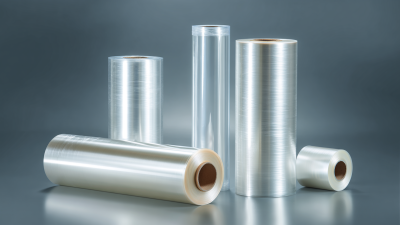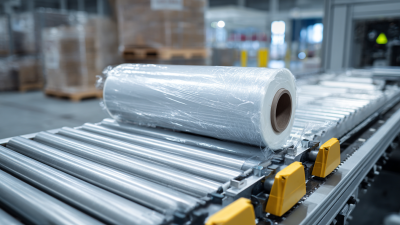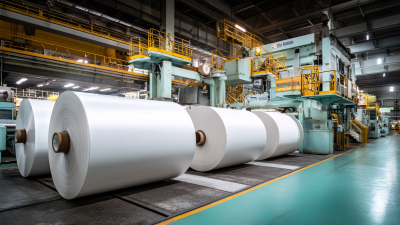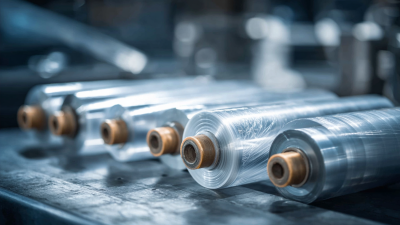Stretch Film has long been recognized as a vital component in the packaging industry, primarily due to its ability to secure and protect products during transportation and storage. According to a recent market analysis by Grand View Research, the global stretch film market is projected to reach USD 9.87 billion by 2025, growing at a CAGR of 4.9% from 2019 to 2025. However, innovative companies are now exploring the versatility of Stretch Film beyond traditional uses. It can be utilized in various applications, including bundling items, providing surface protection for furniture, and even in the automotive sector for temporary vehicle protection. This "How to" guide will delve into the multifaceted applications of Stretch Film, illustrating its value across diverse industries and paving the way for innovative uses that can further enhance operational efficiency and cost-effectiveness.
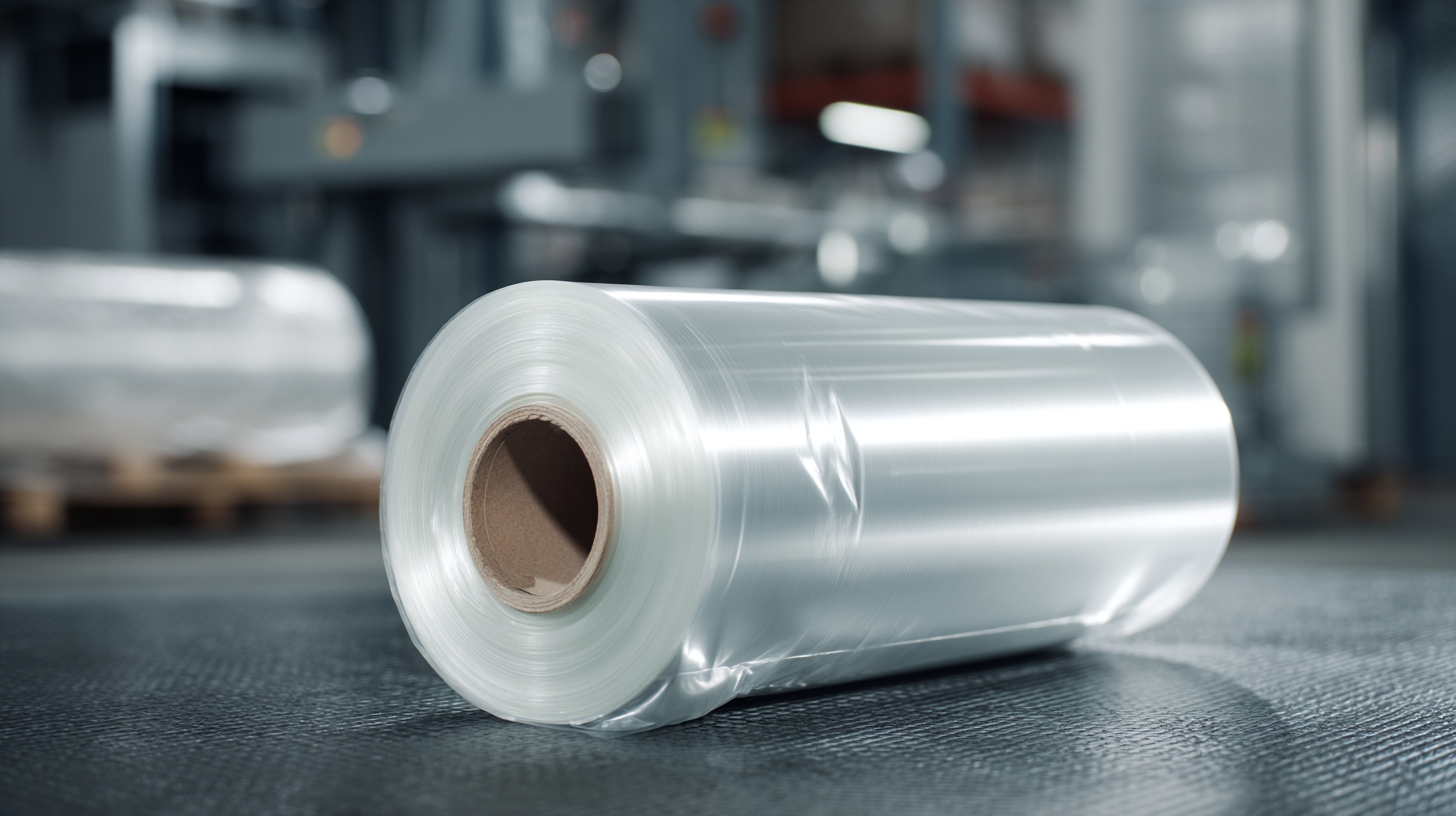
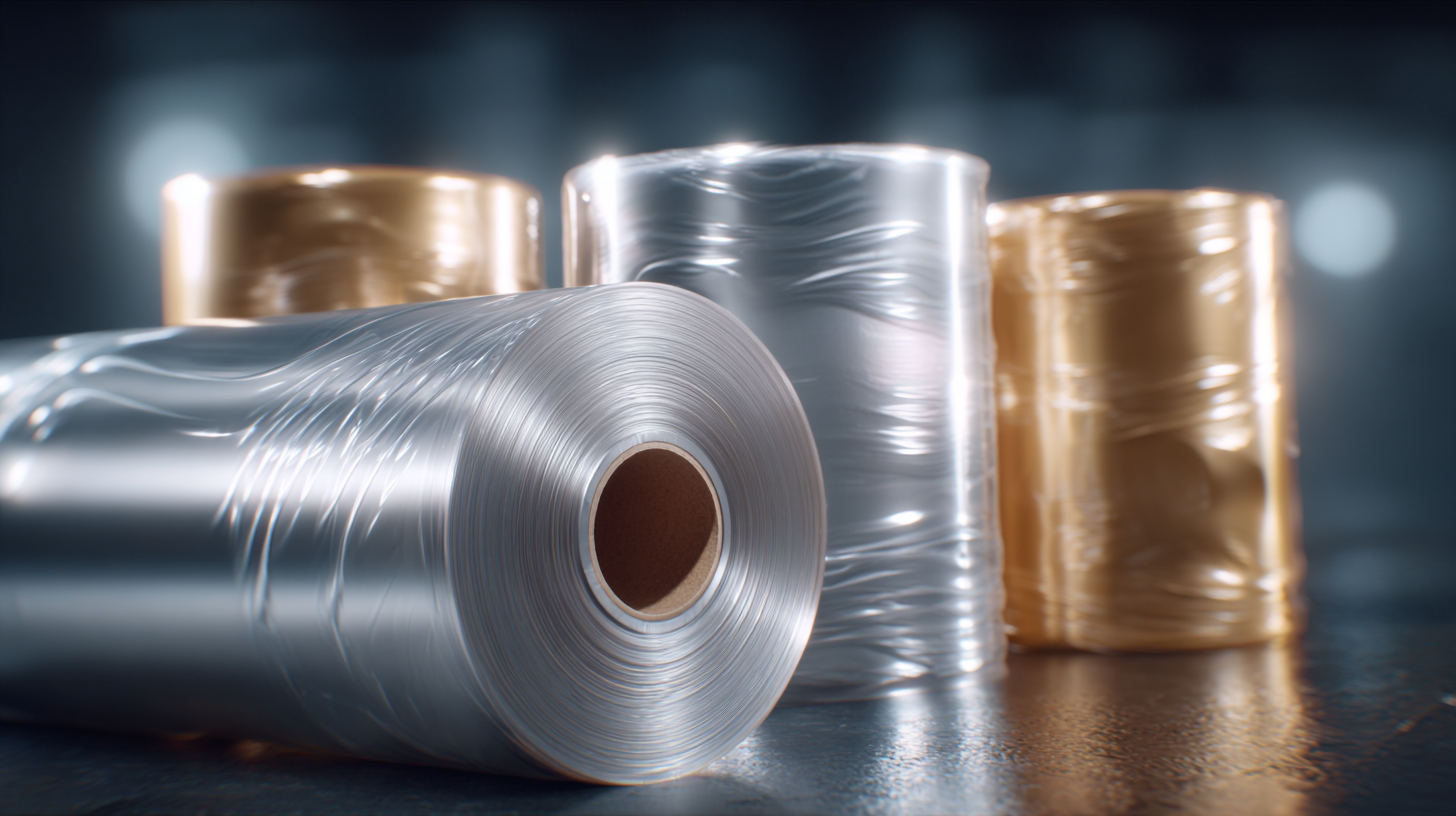 Stretch film is widely recognized for its role in packaging and shipping, but it has remarkable applications in household organization that can enhance efficiency and streamline everyday tasks. According to a report by the Flexible Packaging Association, the versatility of stretch film allows it to reduce mess and prevent damage in various household scenarios. For example, using stretch film to wrap appliances can keep them safe from scratches and dust during storage or relocation.
Stretch film is widely recognized for its role in packaging and shipping, but it has remarkable applications in household organization that can enhance efficiency and streamline everyday tasks. According to a report by the Flexible Packaging Association, the versatility of stretch film allows it to reduce mess and prevent damage in various household scenarios. For example, using stretch film to wrap appliances can keep them safe from scratches and dust during storage or relocation.
Tips: To organize your kitchen efficiently, try wrapping sets of utensils or smaller gadgets together using stretch film. This method not only saves space in drawers but also makes it easy to grab a complete cooking set when needed.
In addition to organization, stretch film can be employed to keep seasonal clothing protected from moisture and pests. The American Cleaning Institute suggests that using stretch film for this purpose can help extend the lifespan of your garments. By securely wrapping seasonal items, you prevent dust accumulation and minimize the need for frequent cleaning, ultimately saving time and effort.
Tips: When using stretch film for clothing, label the packages clearly so you can quickly locate items when the season changes. This will save you time when packing and unpacking each year, making your household organization more seamless.
Stretch film is often associated with packaging and shipping, but its versatility extends far beyond these conventional uses. One innovative application is in DIY home décor projects. Its unique properties, including elasticity and transparency, make it an ideal material for creating decorative elements that are both functional and stylish.
For instance, you can use stretch film to wrap and transform everyday items into chic decor pieces. By wrapping it around vases or jars and then adding paint or fabric, you can customize their appearance to match your home's aesthetic. Additionally, stretch film can be used to create temporary wall art. Simply stretch it over a canvas or directly onto the wall and layer various colors, creating a unique texture and design that can easily be changed when you want a new look.
Moreover, stretching film can serve as a creative solution for organizing and displaying items. By wrapping it around collections of items like books or candles, you can create visually appealing groupings that are easy to move and rearrange. This not only declutters your space but also adds a personal touch to your home décor without a significant investment in materials.
Stretch film, commonly known for its application in packaging, is emerging as an innovative and eco-friendly alternative in gardening. Gardeners are increasingly turning to stretch film for a variety of uses beyond its conventional roles. One of the primary benefits of using stretch film in gardening is its ability to provide a protective layer for plants. By wrapping young seedlings or delicate branches, gardeners can shield them from harsh weather conditions, pests, and diseases, promoting healthier growth.
In addition to protection, stretch film serves as an excellent tool for creating mini-greenhouses. By wrapping it around garden beds or over individual plants, gardeners can trap moisture and heat, creating a conducive environment for seed germination and plant development. This method not only enhances the growth rate of plants but also reduces the need for chemical fertilizers, making it an environmentally friendly option. Furthermore, its lightweight and recyclable nature add to its appeal, aligning with the growing trend towards sustainable gardening practices.
 Stretch film is commonly known for its role in packaging, but its versatility extends far beyond that. When it comes to travel, stretch film can be a traveler's best friend. Wrapping your luggage in stretch film provides an additional layer of protection against unexpected damages and can deter thieves. It keeps your bags securely closed and makes it nearly impossible to open without detection. Furthermore, using stretch film can safeguard delicate items, ensuring that they remain intact during transit.
Stretch film is commonly known for its role in packaging, but its versatility extends far beyond that. When it comes to travel, stretch film can be a traveler's best friend. Wrapping your luggage in stretch film provides an additional layer of protection against unexpected damages and can deter thieves. It keeps your bags securely closed and makes it nearly impossible to open without detection. Furthermore, using stretch film can safeguard delicate items, ensuring that they remain intact during transit.
In terms of storage, stretch film is an effective solution for organizing and protecting various items. For those looking to declutter, wrapping smaller items together can save space and prevent loss. It is particularly handy for storing seasonal clothing or quilts, as it prevents dust accumulation and moisture exposure. Additionally, stretch film can be used to bundle items like gardening tools or sports equipment, keeping everything organized and easy to access. With its compelling applications for travel and storage, stretch film proves to be an innovative solution worth exploring.
Stretch film, predominantly recognized for its packaging capabilities, has evolved into a versatile material utilized across various sectors, particularly in medical and industrial applications. According to a report by Smithers Pira, the global stretch film market is projected to reach $10 billion by 2025, driven not only by the packaging industry but also by innovations in other fields. In the medical sector, stretch film is increasingly used for sterile wrapping of instruments and medical supplies, providing an effective barrier against contaminants. Its flexibility and durability ensure optimal protection, making it an essential component in maintaining hygiene standards.
In industrial settings, stretch film is employed in securing loads during transportation, but its applications extend further. The material is now utilized for bundling products, such as pallets of bricks or heavy machinery, due to its high tensile strength and ability to withstand harsh environments. Research from the Freedonia Group indicates that the demand for stretch film in industrial applications is expected to grow by 5.3% annually through 2024. This growth reflects the material's enhanced performance characteristics, which include tear resistance and adherence qualities, making it a preferred choice for manufacturers looking to optimize both safety and efficiency in their logistics processes.
